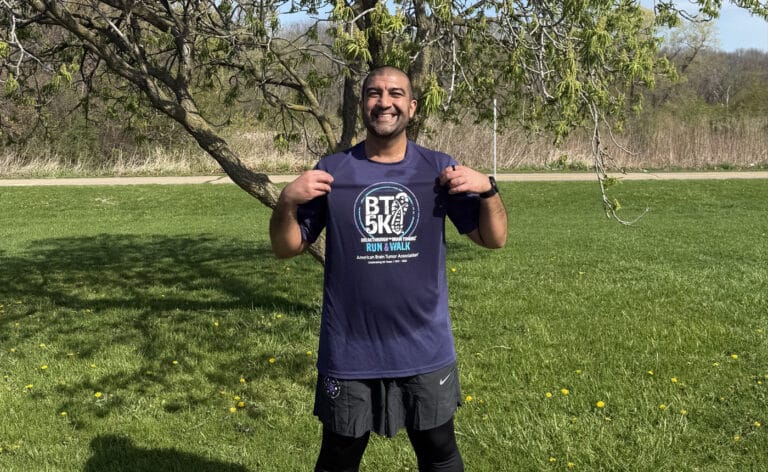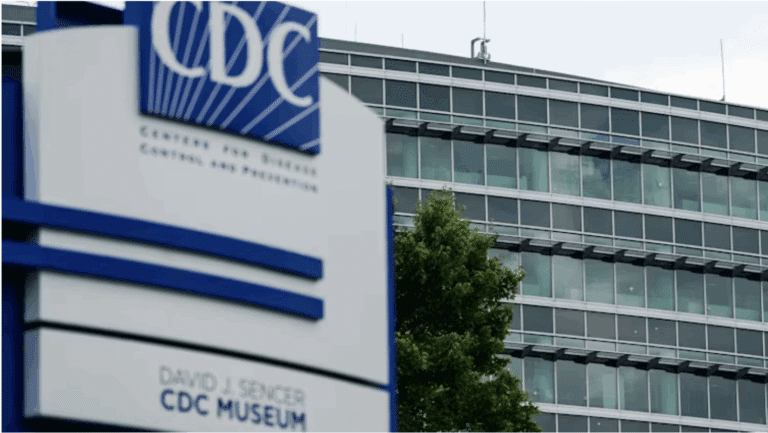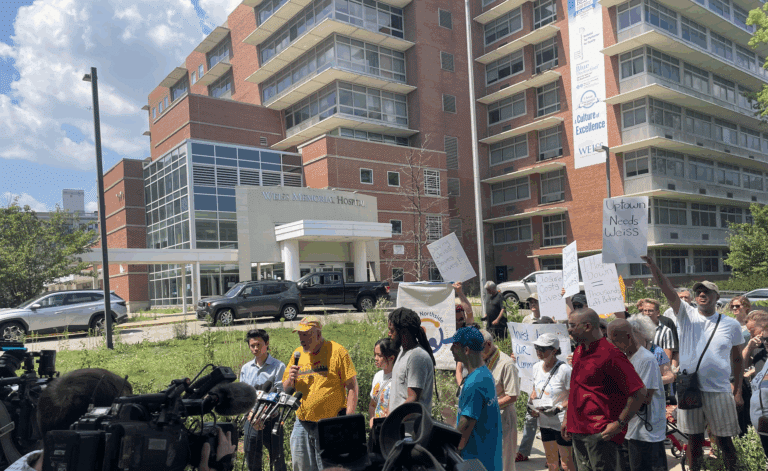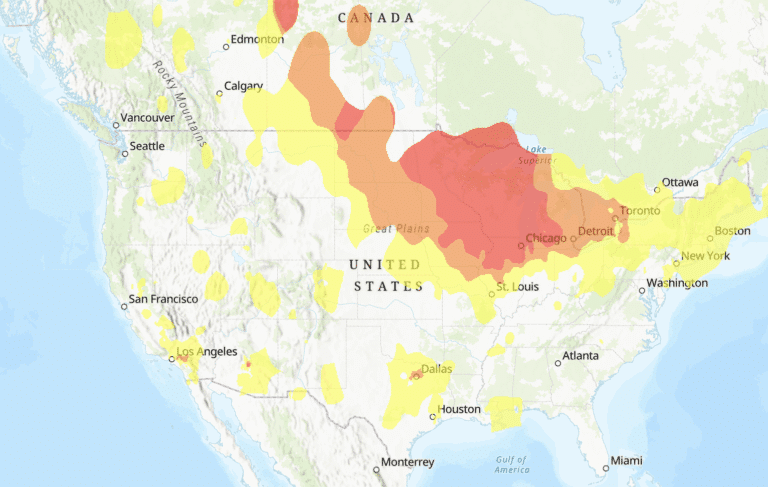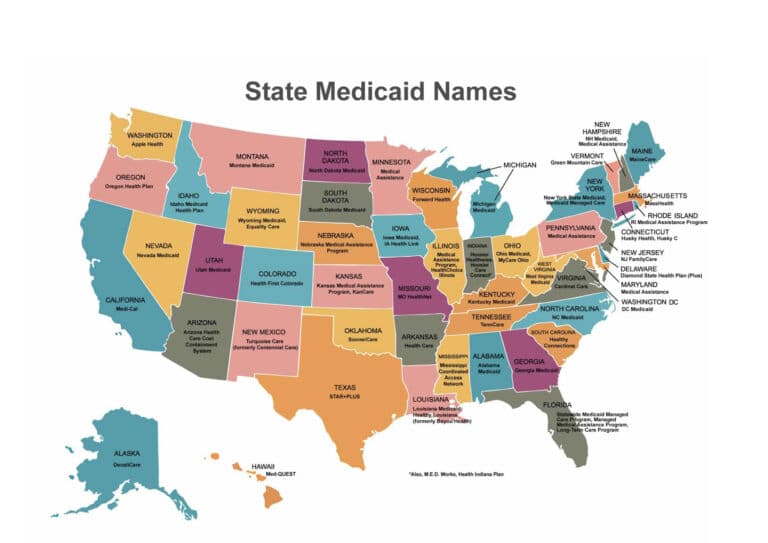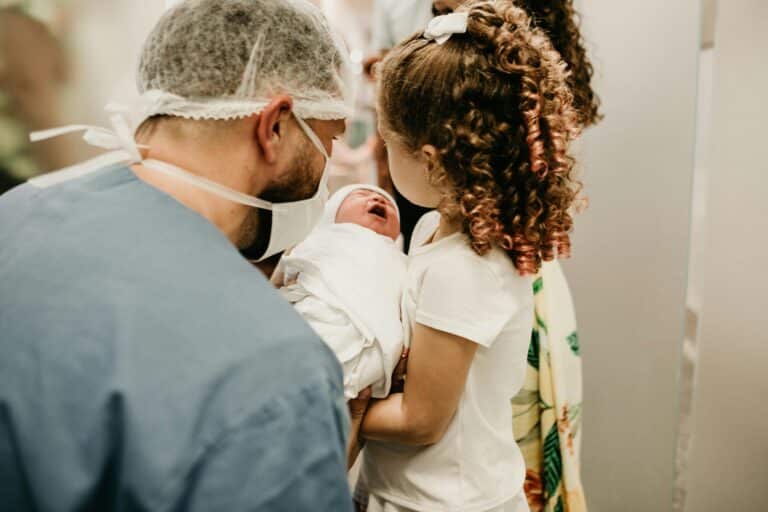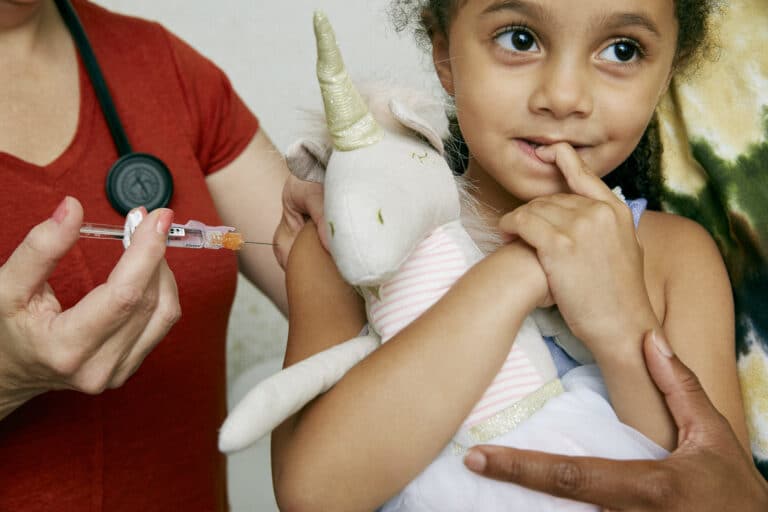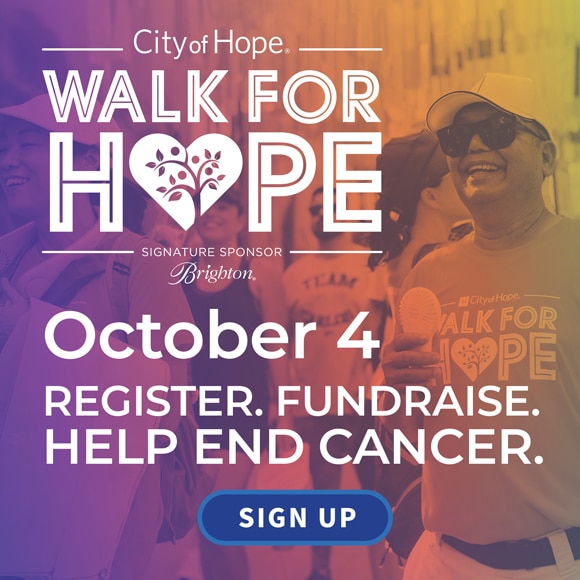While autism’s numbers rise, new treatments provide hope
By Tom Mullaney
Photo above courtesy of CARD, Inc.
Cases of autism are rising precipitously; more children have autism spectrum disorder (ASD) than ever before, recognized in part due to an increase in earlier diagnosis. While the numbers are daunting, programs in the Chicago area are showing that early behavioral intervention can help young children with autism.
In 2002, the Centers for Disease Control and Prevention (CDC) reported that 1 in 150 children had ASD. In 2008, the incidence rose to 1 in 88. In 2013, the CDC released its newest, most alarming, statistic: 1 in 50 school-aged children, or 2 percent of children aged 6 to 17, suffer from the disorder.
If the average school bus holds 50 children, that means one child with parent-reported ASD is on every school bus in America.
While the numbers are known, autism remains a mystery. Researchers are baffled to explain the disease’s etiology. What scientists do know is that this developmental disorder is caused by differences in the brain activated by a genetic flaw, an environmental trigger or a combination of both factors.
Bob Wright, cofounder of Autism Speaks, told Parenting.com last year that, “We have an epidemic on our hands,” and that, “It is imperative that the U.S. government step up its commitment to helping people living with autism today.”
No drugs exist that can cure ASD, though some medications can address specific symptoms such as high energy levels, inability to focus or seizures. The FDA has approved the use of risperidone and aripiprazole, two antipsychotic drugs, to treat children for severe tantrums, aggression and the threat of self-injury.
Once a child is diagnosed with ASD, the emotional and financial burden for dealing with the disability falls on parents.
Francie McMillan is the mother of an adopted son, Justin, now 31, who was diagnosed at 22 months. That was a time of much less understanding and acceptance of autism. “I always wanted Justin to be accepted,” McMillan says, recounting episodes of neighbors ostracizing their family and of teachers refusing to let Justin into their classroom.
McMillan has since devoted her life to educating others about ASD. She started the Chicago/South Suburban chapter of the Autism Society of America. She calls Illinois’ record of funding for the developmental disability “abysmal.”
While state resources prove to be inadequate to meet autism’s explosive growth rate, programs do exist to help children with ASD develop learning, communication and behavioral skills, provided they are diagnosed at an early age (18 to 24 months, sometimes sooner than 18 months), though some benefits are still possible with later intervention. Most facilities combine a series of onsite consultations with intense behavioral modification sessions with a professional psychologist.
A local program that takes a different approach is the Autism Treatment Program at Advocate Illinois Masonic Medical Center. The program is unique in two respects, says Valeria Nanclares, PsyD, a clinical psychologist who developed the program. It teaches parents behavioral and therapeutic strategies they can apply at home and collaborates with the child’s teacher to improve intellectual performance and maximize impact.
It is the only program in Chicago that accepts families on public assistance, Nanclares says. Illinois is considering adopting Advocate’s approach as a statewide treatment model, she adds. The cost to families in the Advocate program can run $18,000 in the first year and $3,000 to $5,000 each subsequent year, compared to $30,000 to $50,000 a year in other programs.
The Center for Autism and Related Disorders (CARD) operates one of the world’s largest treatment networks with 26 locations nationwide including a local facility in Oak Park. CARD recently released a free iPad and Android app called Camp Discovery that is designed to provide ASD kids aged 2 and up with guidance in skill-deficit areas. Treatment teams can use the app to guide therapy in a clinical setting.
Over the past decade, scientific research into ASD has increasingly focused on environmental causes. Researchers are looking into the role of food preservatives, asthma, allergies, low levels of folic acid, obesity, diabetes, living in areas with high exposures to chemicals or air pollution (near a freeway) and having a high fever during pregnancy. Several major studies have dismissed a link between vaccines and autism, though the issue remains hotly contested among parents.
Parental age is receiving increased research attention—surprisingly, not the mother’s age but that of the father. Scientists are studying transformations in sperm as men age, as well whether genital and genetic malformations correlate with autism.
For now, ASD’s secrets are locked deep within our bodies. But with more research into possible causes and treatments, parents are looking forward to a brighter future for kids on the autism spectrum.


